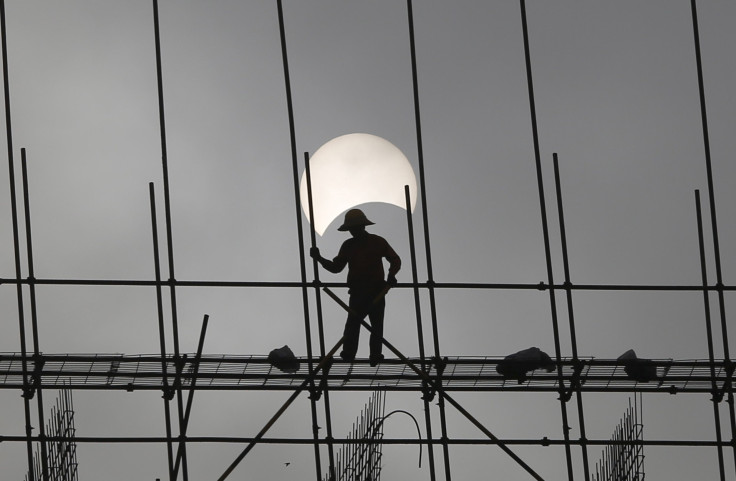How To Photograph Total Solar Eclipse On Aug. 21? NASA Offers Tips

With the first total solar eclipse in 99 years that will be visible from across the entire contiguous United States occurring Aug. 21, it is only natural that many who witness it will want to capture it in photographs. And while it is not very complicated to take good pictures of the eclipse, some tips from NASA may help you be a better shutterbug when natural light looks very unnatural.
As is sensible, safety comes first. Do not look at the eclipse directly through a camera because that could cause severe harm to your eyes. Even if you have a certified pair of special eclipse-viewing glasses on, do not look at the sun through the camera (or any other optical device like a telescope) directly because the lens concentrates solar rays, and they can damage the filter in your glasses and enter your eyes, leading to serious injury.
So the most important thing is to get a solar filter for your camera. That is, if you are planning on taking pictures of the sun as it is being eclipsed by the moon. Once it reaches totality, you can remove the filter so the camera can capture the corona — the sun’s mysterious outer atmosphere which shows dazzling structures and activity.
TRENDING: Apple Postpones iPhone 8 September Launch

Some other equipment, such as a tripod and delayed shutter release timer, could help as well. Using both these add stability, which becomes more important because of the low lighting and therefore avoids blurry photographs.
While the sun is quite literally the star of the show, there is a lot else that can be photographed during an eclipse. The change in light can be eerie and objects will cast long, surreal shadows. Light filtering through layers of leaves can create natural pinholes that will show mini replicas of the eclipse on the ground.
In a statement Thursday, NASA photographer Bill Ingalls gave some additional advice for photography targets: “The real pictures are going to be of the people around you pointing, gawking and watching it. Those are going to be some great moments to capture to show the emotion of the whole thing.”
Do not be too concerned about the camera you are going to use. A high-end DSLR and a phone camera are not the same, but they can both produce great pictures of the eclipse. Just know what your camera is capable of. Many phone cameras have adjustable exposure that controls the amount of light that enters the lens. Practicing different settings beforehand will help you understand what different settings do, and will help you take sharper photographs. If you don’t have a long telephoto zoom lens, it would make more sense to photograph the landscape.
SEE ALSO: Safety Tips From NASA To View The Solar Eclipse

Since DSLR cameras have a large number of adjustable settings (as do some high-end phone cameras), NASA offered some specific suggestions.
“For DSLR cameras, the best way to determine the correct exposure is to test settings on the uneclipsed Sun beforehand. Using a fixed aperture of f/8 to f/16, try shutter speeds between 1/1000 to 1/4 second to find the optimal setting, which you can then use to take images during the partial stages of the eclipse. During totality, the corona has a wide range of brightness so it’s best to use a fixed aperture and a range of exposures from approximately 1/1000 to 1 second,” the statement said.
But perhaps the most important advice is this: Do not forget to view the eclipse with your own eyes (from behind the safety of the eclipse glasses, of course). A picture is certainly worth many words, but it doesn’t compare to seeing the real thing.
In case you miss this opportunity to view or photograph the total solar eclipse, all you have to do is wait seven years. The next total solar eclipse visible from many parts of the U.S. will take place April 8, 2024, with the sun’s shadow taking a very different route from the one this month. The eclipse will traverse from the southwest to the northeast of the country.
© Copyright IBTimes 2024. All rights reserved.





















